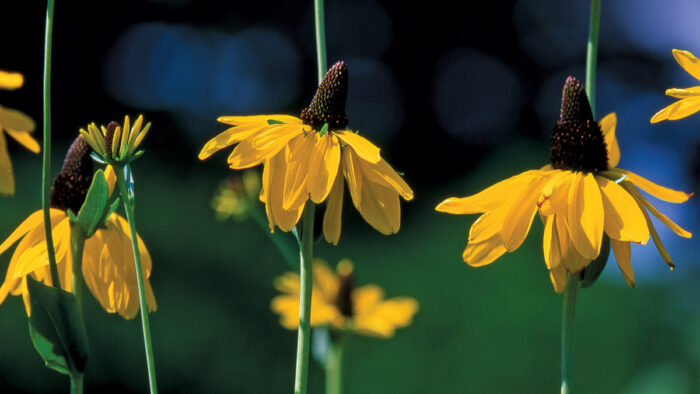
Lots of gardeners deal with at least one area of their property that never seems to dry out. As horticulturist Joseph Henderson explains in his article Plants for Soggy Spots, lots of plants flounder in these kinds of conditions: “Without a steady supply of air, waterlogged roots begin to gasp and eventually rot, killing the foliage above.”
Thankfully, a soggy spot doesn’t require a complete garden overhaul; it just requires the right plants that thrive in consistently wet conditions. Below, you’ll find plants for wet areas in the South. To find even more plants for wet soil, check out Joseph’s article: Plants for Soggy Spots.
1. Giant Black-Eyed Susan
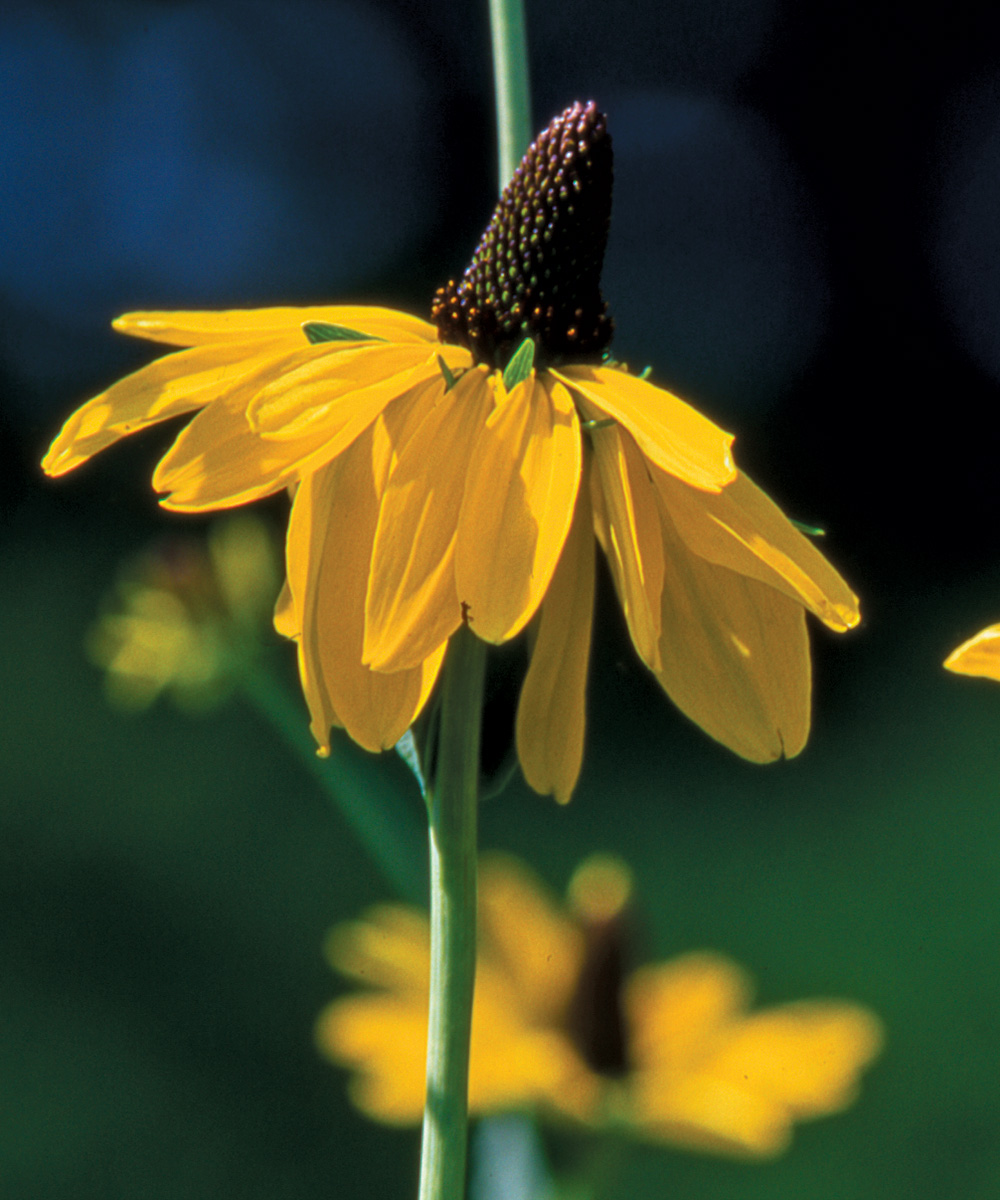
Name: Rudbeckia maxima
USDA Hardiness Zones: 4 to 8
Size: 6 feet tall and 2 feet wide
Conditions: Full sun to partial shade; moist soil
Native to wet areas in several southeastern states, giant black-eyed Susan deserves more use in ornamental gardens. The coarse-textured leaves are 6 to 8 inches long and form a mounding mass of incredible blue-gray foliage. In summer, stems up to 6 feet tall grow out of the base of the plant to display large daisylike flowers. This is a plant that’s sure to stop you in your tracks.
2. Dwarf Palmetto
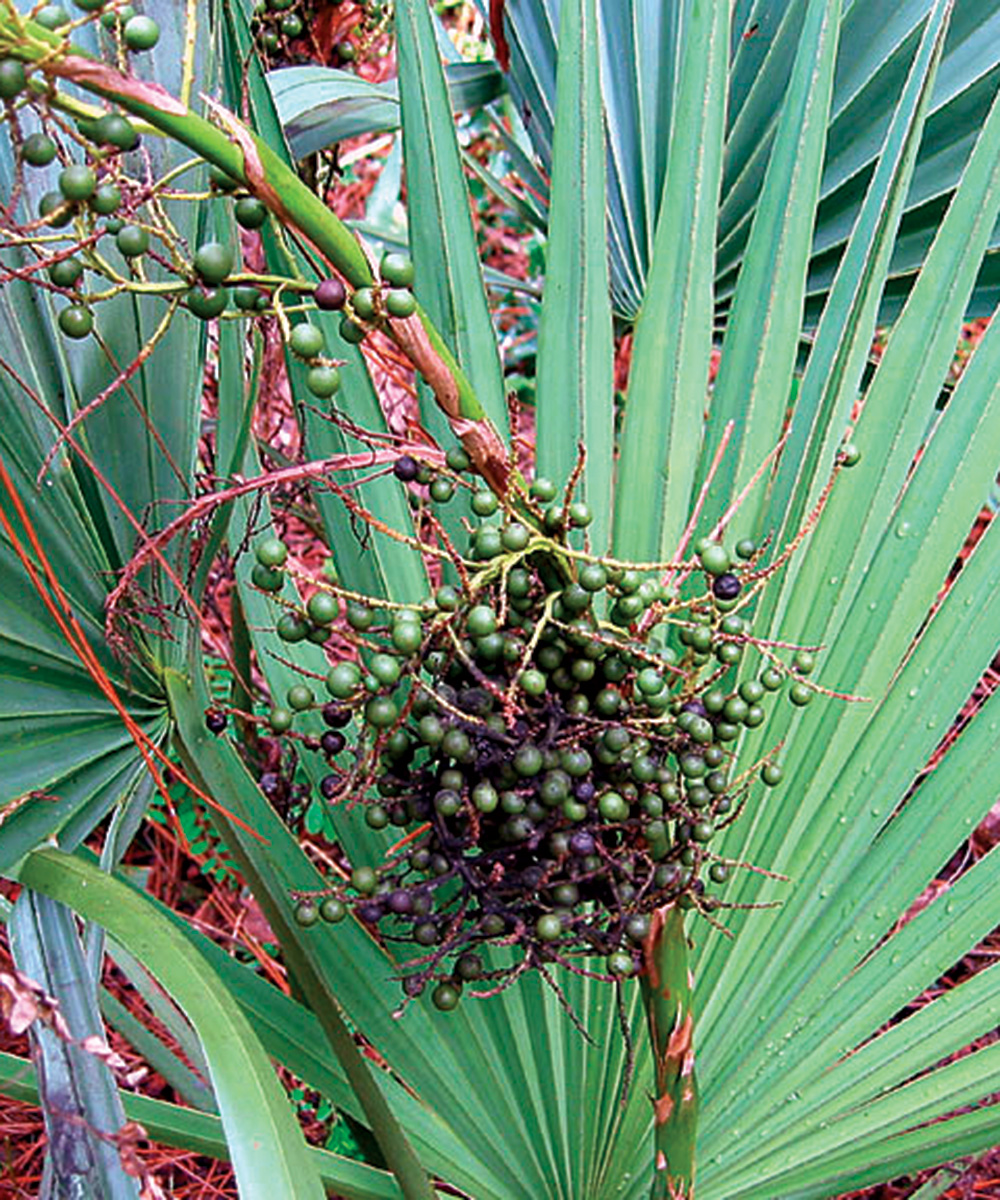
Name: Sabal minor
Zones: 7 to 10
Size: 5 to 8 feet tall and wide
Conditions: Full sun to partial shade; moist or well-drained soil
Palms generally need good drainage, but the dwarf palmetto is right at home in swampy areas along the Gulf Coast, where it is native. A trunkless species, the growing point stays near ground level while the fronds grow up in a fountainlike arrangement. The fan-shaped fronds provide wonderful texture. This plant is smaller in dry locations.
3. Little Henry® Virginia Sweetspire
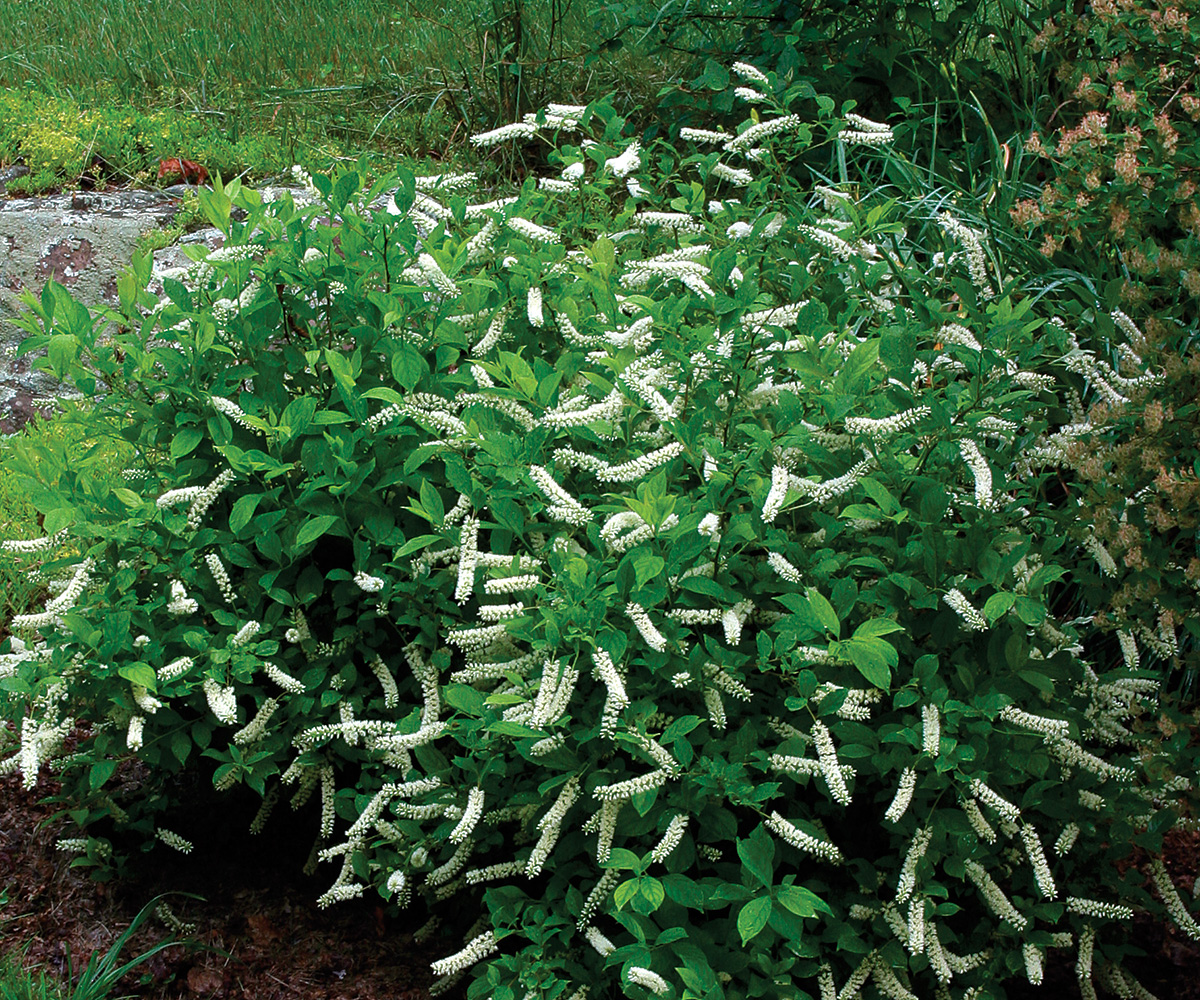
Name: Itea virginica ‘Sprich’
Zones: 6 to 9
Size: 2 to 3 feet tall and wide
Conditions: Full sun to partial shade; moist soil
Virginia sweetspire is a deciduous shrub native to the southeastern United States, so it’s well suited to our moist low-lying areas. Little Henry® is a compact selection of ‘Henry’s Garnet’, a popular cultivar known for its attractive flower clusters and rich burgundy fall color. This small shrub shines in spring when numerous upright and drooping racemes of small white flowers appear, and again in autumn when the brilliant fall color puts on a show. Virginia sweetspire spreads slowly by underground stems, eventually forming a colony or thicket. It’s a great choice near ponds and for woodland gardens.
4. White Calla Lily
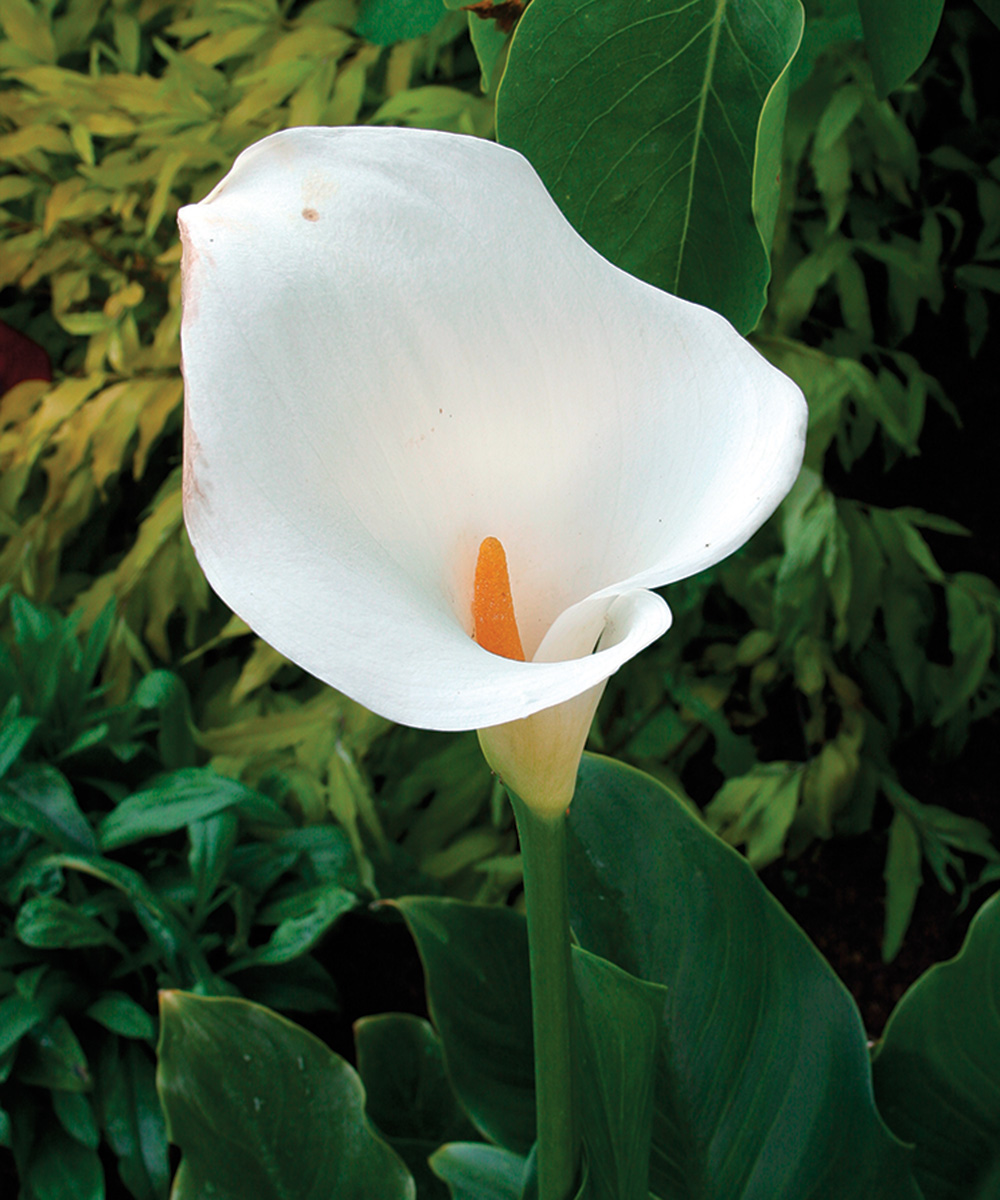
Name: Zantedeschia aethiopica
Zones: 8 to 10
Size: 2 to 3 feet tall and 2 feet wide
Conditions: Partial shade; moist or well-drained soil
The common white calla lily grows from a tuber, which produces plants that are robust and tropical looking. The arrowhead-shaped, glossy green leaves grow on thick stalks, which originate at or near ground level. Elegant flowers are produced singly on 2- to 3-foot-tall stems in early spring. The white calla lily typically goes semidormant in summer, revives in fall, then continues growing during the cool season to bloom the following spring.
Dan Gill is a consumer horticulturist at the Louisiana State University Agricultural Center in Baton Rouge.
Fine Gardening Recommended Products
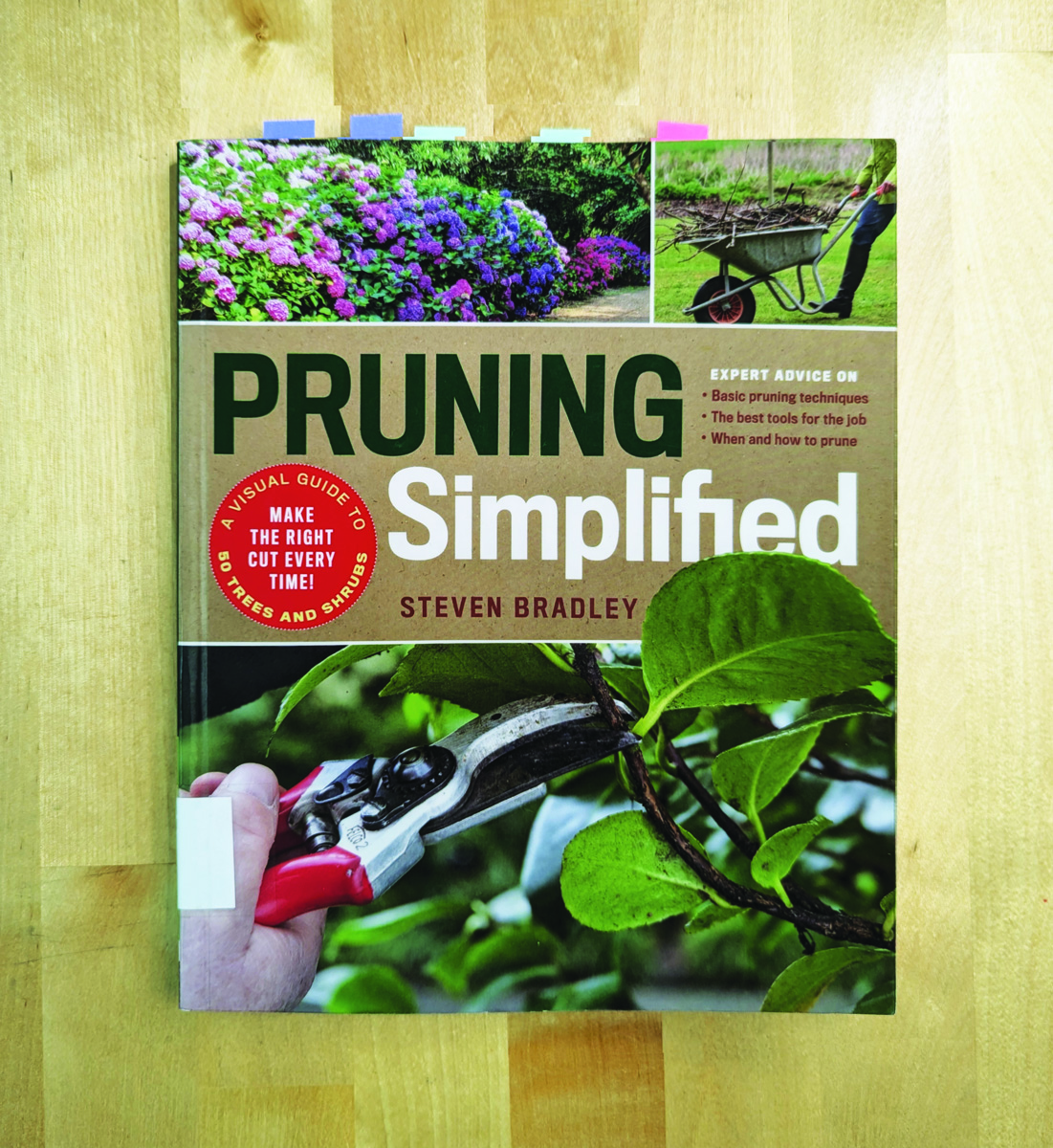
Pruning Simplified: A Step-by-Step Guide to 50 Popular Trees and Shrubs
Fine Gardening receives a commission for items purchased through links on this site, including Amazon Associates and other affiliate advertising programs.
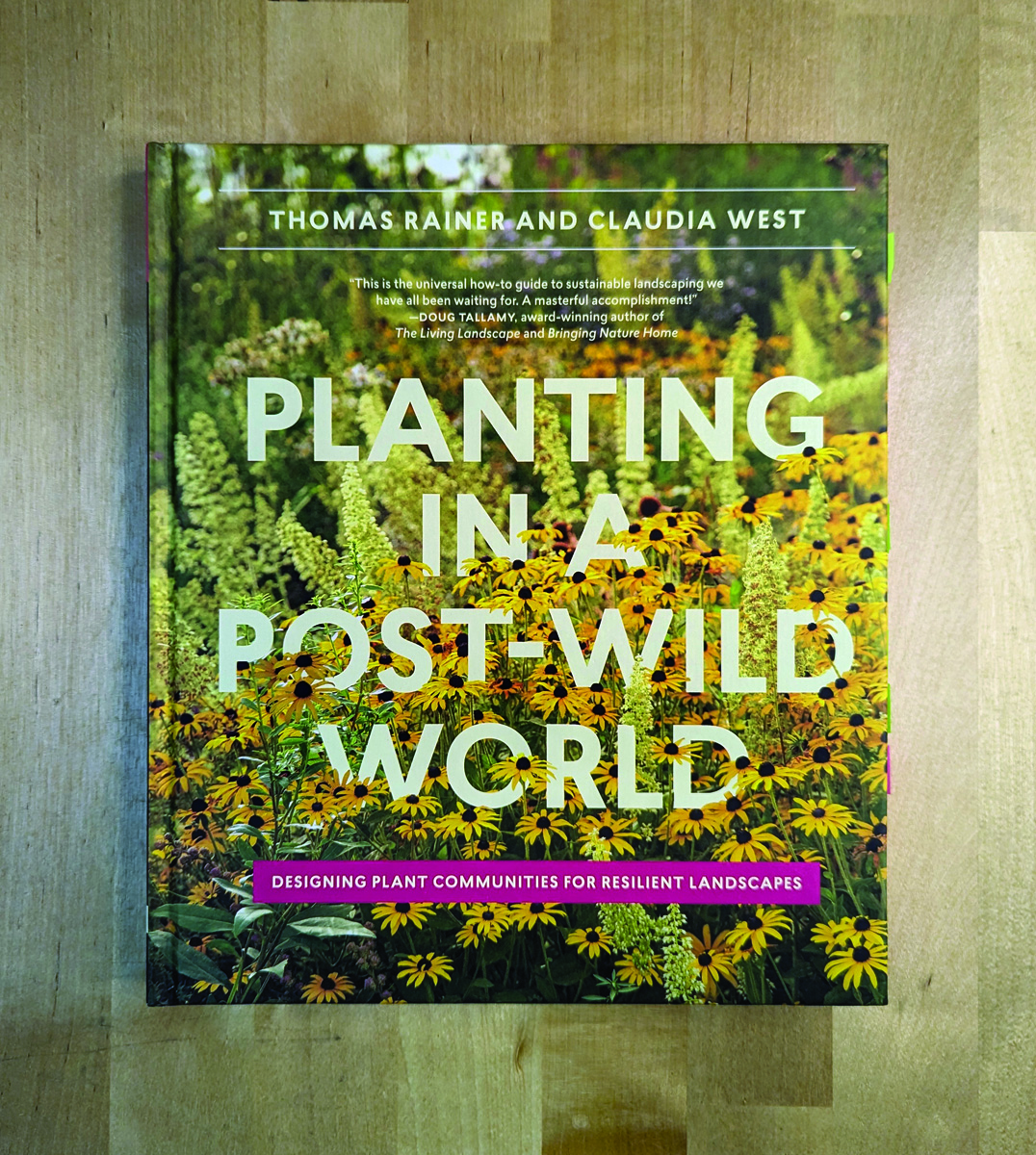
Planting in a Post-Wild World: Designing Plant Communities for Resilient Landscapes
Fine Gardening receives a commission for items purchased through links on this site, including Amazon Associates and other affiliate advertising programs.

Attracting Beneficial Bugs to Your Garden, Revised and Updated Second Edition: A Natural Approach to Pest Control
Fine Gardening receives a commission for items purchased through links on this site, including Amazon Associates and other affiliate advertising programs.


















Comments
Log in or create an account to post a comment.
Sign up Log in